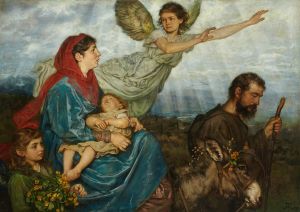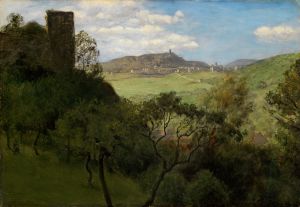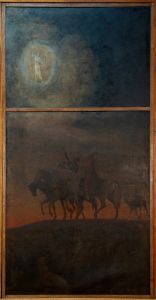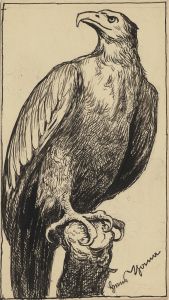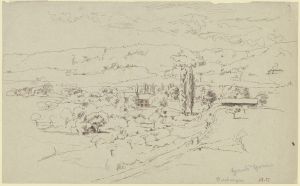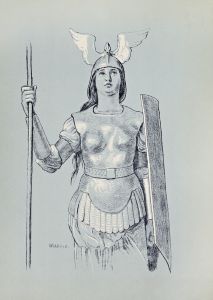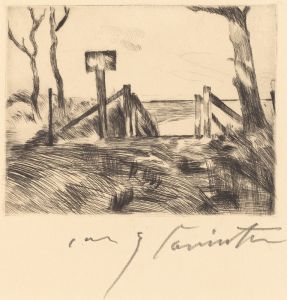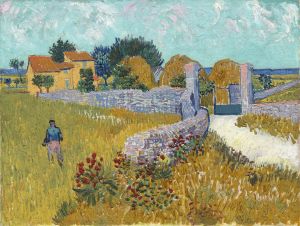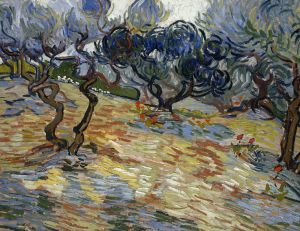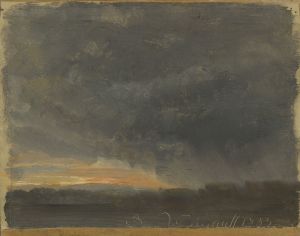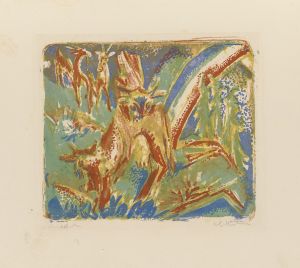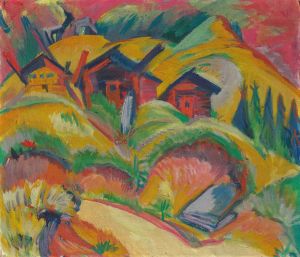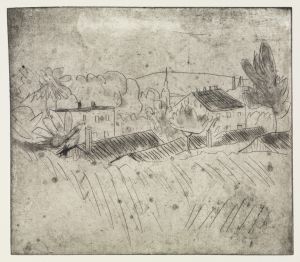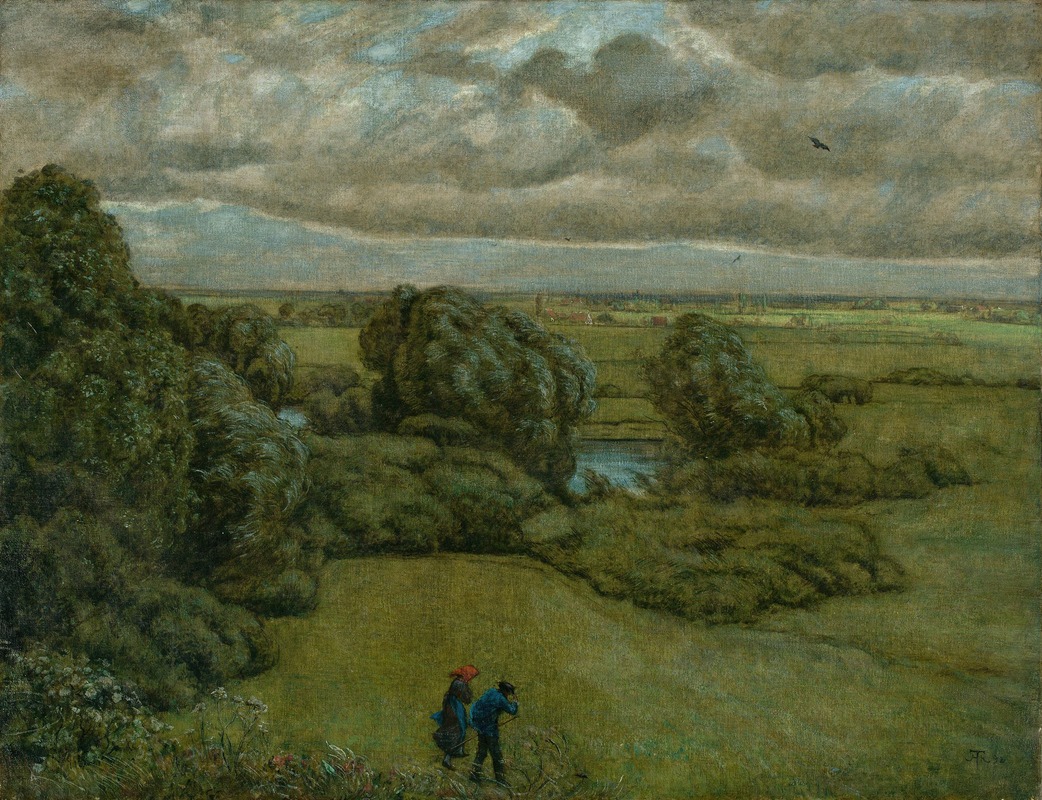
Landscape in a Storm
A hand-painted replica of Hans Thoma’s masterpiece Landscape in a Storm, meticulously crafted by professional artists to capture the true essence of the original. Each piece is created with museum-quality canvas and rare mineral pigments, carefully painted by experienced artists with delicate brushstrokes and rich, layered colors to perfectly recreate the texture of the original artwork. Unlike machine-printed reproductions, this hand-painted version brings the painting to life, infused with the artist’s emotions and skill in every stroke. Whether for personal collection or home decoration, it instantly elevates the artistic atmosphere of any space.
Hans Thoma was a German painter born on October 2, 1839, in Bernau, in the Black Forest region. He is known for his landscapes, portraits, and mythological scenes, often characterized by a blend of realism and romanticism. Thoma's works reflect his deep connection to nature and his German heritage, often drawing inspiration from the landscapes of his native Black Forest.
"Landscape in a Storm" is one of Thoma's notable works, although specific details about the painting, such as its creation date or current location, are not widely documented. Thoma's landscapes typically capture the serene beauty and dramatic elements of nature, and it is likely that "Landscape in a Storm" embodies these themes. His style often includes meticulous attention to detail and a harmonious composition, which can evoke a sense of tranquility even amidst the depiction of a storm.
Thoma's artistic journey began with his studies at the Karlsruhe Academy of Fine Arts, where he was influenced by the works of the Old Masters and contemporary artists. His career took a significant turn when he moved to Munich and later to Paris, where he encountered the works of Gustave Courbet and the Barbizon School, which emphasized naturalism and the depiction of rural landscapes. These influences are evident in Thoma's approach to landscape painting, where he combines a realistic portrayal of nature with a romantic sensibility.
Throughout his career, Thoma remained deeply connected to his roots in the Black Forest, often returning to its landscapes for inspiration. His works frequently reflect the lush forests, rolling hills, and dramatic skies of the region. In "Landscape in a Storm," one might expect to see these elements portrayed with a focus on the interplay of light and shadow, capturing the dynamic and sometimes tumultuous nature of a storm.
Thoma's contribution to art extends beyond his paintings. He was also a significant figure in the German art scene, serving as the director of the Karlsruhe Academy of Fine Arts later in his life. His influence is seen in the way he bridged traditional German Romanticism with the emerging modernist movements of his time. Thoma's works are housed in various museums and collections, particularly in Germany, where he is celebrated as an important figure in 19th-century art.
While specific information about "Landscape in a Storm" is limited, Hans Thoma's legacy as a painter of landscapes and his ability to capture the essence of nature in his works remain well-regarded. His paintings continue to be appreciated for their technical skill, emotional depth, and the unique perspective he brought to the depiction of the natural world.





